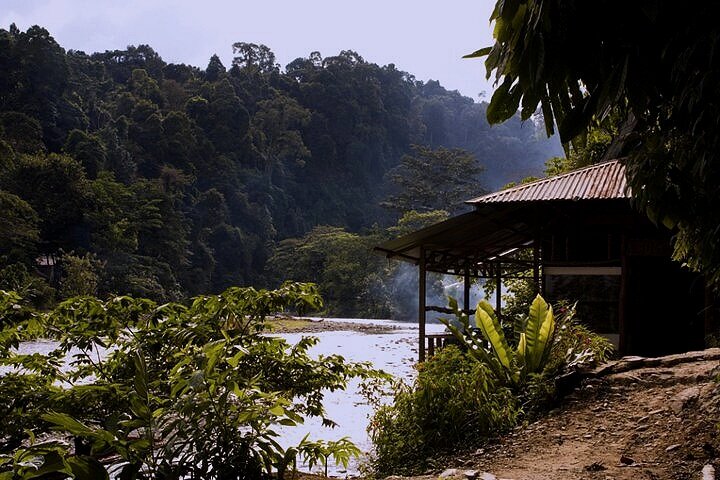
Our research: Population Surveys
Elephant Population Surveys
It is believed that the rainforests of the Ulu Masen and Leuser Ecosystems contain one of the largest remaining populations of the Critically Endangered Sumatran elephant. However, accurate population estimates are still unknown due to the size of the area and the additional difficulties in conducting population censuses of forest animals. Part of our research will focus on providing an accurate population estimate of the Sumatran elephant in this, their most northerly range.
Forest species have often posed issues to researchers due to their cryptic and elusive nature, sensitivity to disturbance and their concealing forest habitats. Despite their size, Sumatran elephants are surprisingly difficult to locate due to their cryptic nature and dense forest habitat. Many techniques have been developed and trialled including using indirect cues such as territorial calls in primates, and dung sightings in terrestrial mammals as a indication of presence. Assessing forest elephant populations by dung counts has been undertaken for many years, and, if conducted appropriately have been shown to give accurate estimates of individuals. However, most recently, DNA based capture mark recapture (CMR) methods have been developed to estimate population size.
How can you estimate population size using dung?
Every individual on this earth possesses DNA, or deoxyribonucleic acid that contains our unique genetic code. When an animal defecates, some of the cells from their gut lining are ‘sloughed off’ and passed out on the outer layer of dung. By taking a sample of this dung and thus a sample of the individuals DNA we can collect that individual’s genetic fingerprint and therefore, if dung piles are collected from each individual, we can find out the size of the species population. This technique has already been successfully conducted on Sumatran elephant populations in the south and centre of Sumatra: Way Kambas National Park in Lampung, and the Bukit Tigapuluh landscape in Jambi.
And why is it important to know how big a species population is?
The thought of ‘counting’ animals doesn’t sound much like conservation, and protecting the animals habitat is of course the most important way to prevent the extinction of a species. However, if species populations are unknown, it is impossible to know if the population is decreasing rapidly, how they are coping with climatic changes and indirect threats, and if the population is genetically viable for future survival.
Our research on the last Elephants of north Sumatra
The majority of the Leuser National Park and the Leuser Ecosystem lies within the province of Aceh. However, a small piece of lowland tropical forest is located in the northeast corner of north Sumatra province. This area encompasses the last remaining known population of Sumatran elephants remaining in the north Sumatra province, and the starting point for our research. This area is located within the Langkat district and contains the Sikundur research station. This station, run by the Sumatran Orangutan Conservation Programme was established to monitor the Critically Endangered Sumatran orangutan. However, this area of lowland dipterocarp forest is rich in diversity, and a camera trap study undertaken in 2015 revealed the presence of many terrestrial mammals including elephants, tigers clouded leopard and sun bears inhabiting the area. Additionally, there has been many sightings of Sumatran elephants and their dung by the monitoring teams and local community members. This study will be the first scientific study on the population size and demographics of elephants in this area…very exciting!!
Elephant Population Survey
The survey area is ~350km2 (as shown opposite) and will be sub divided into 15 sample blocks to provide full coverage of the area. Several teams (5 people per team) consisting of rangers and community members will be formed to survey each of the blocks. Each team will search each sample block for fresh elephant dung. Dung size is an indicator of age, therefore measurements of dung boli will also be taken as well as the location using a GPS and forest type. All dung samples collected will be analysed in country. Due to COVID, this survey has been delayed, however we hope to start soon.
Stay tuned for more updates!!!



